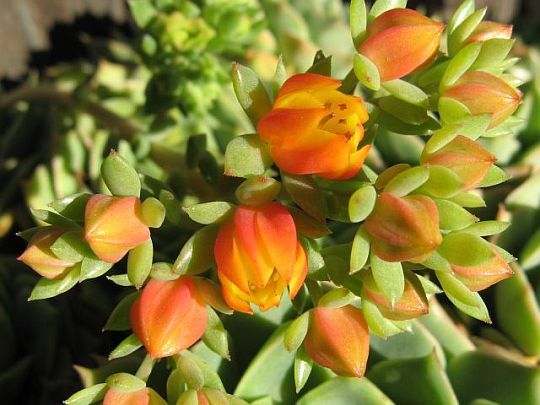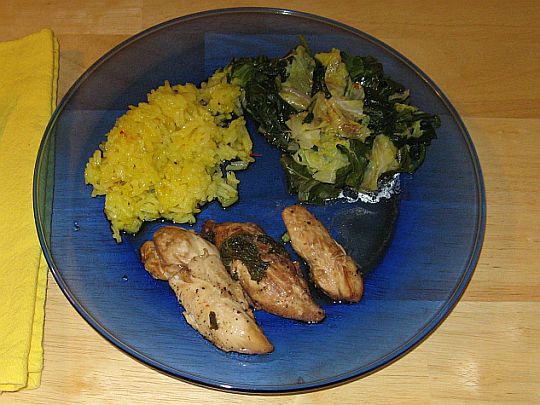MESSENGER, a spacecraft probe sent to explore the innermost planet, imaged the planet in multiple spectra last week. NASA/JHU image technologists re-assembled the image into colors detectable by the human eye. The result is this beautiful rendering of the delicate colors of Mercury. Click the image to enlarge.
By the way, Mars Rover OPPORTUNITY has been on the surface of the red planet for four Earth years as of today. Rover SPIRIT passed the four-year milestone January 3, three weeks ago. Congratulations to the Rover Team.
Here’s the MESSENGER article about this image.
One week ago, the MESSENGER spacecraft transmitted to Earth the first high-resolution image of Mercury by a spacecraft in over 30 years, since the three Mercury flybys of Mariner 10 in 1974 and 1975. MESSENGER’s Wide Angle Camera (WAC), part of the Mercury Dual Imaging System (MDIS), is equipped with 11 narrow-band color filters, in contrast to the two visible-light filters and one ultraviolet filter that were on Mariner 10’s vidicon camera. By combining images taken through different filters in the visible and infrared, the MESSENGER data allow Mercury to be seen in a variety of high-resolution color views not previously possible. MESSENGER’s eyes can see far beyond the color range of the human eye, and the colors seen in the accompanying image are somewhat different from what a human would see.
The color image was generated by combining three separate images taken through WAC filters sensitive to light in different wavelengths; filters that transmit light with wavelengths of 1000, 700, and 430 nanometers (infrared, far red, and violet, respectively) were placed in the red, green, and blue channels, respectively, to create this image. The human eye is sensitive across only the wavelength range 400 to 700 nanometers. Creating a false-color image in this way accentuates color differences on Mercury’s surface that cannot be seen in the single-filter, black-and-white image released last week.



 The media have been falsely savaging the economy for so long, that everyone now believes we’re doomed. Today’s mega market dump is the result of self-fulfilling prophecies of economical doomsayers – an outcropping of the hatred of the Republican administration.
The media have been falsely savaging the economy for so long, that everyone now believes we’re doomed. Today’s mega market dump is the result of self-fulfilling prophecies of economical doomsayers – an outcropping of the hatred of the Republican administration.



